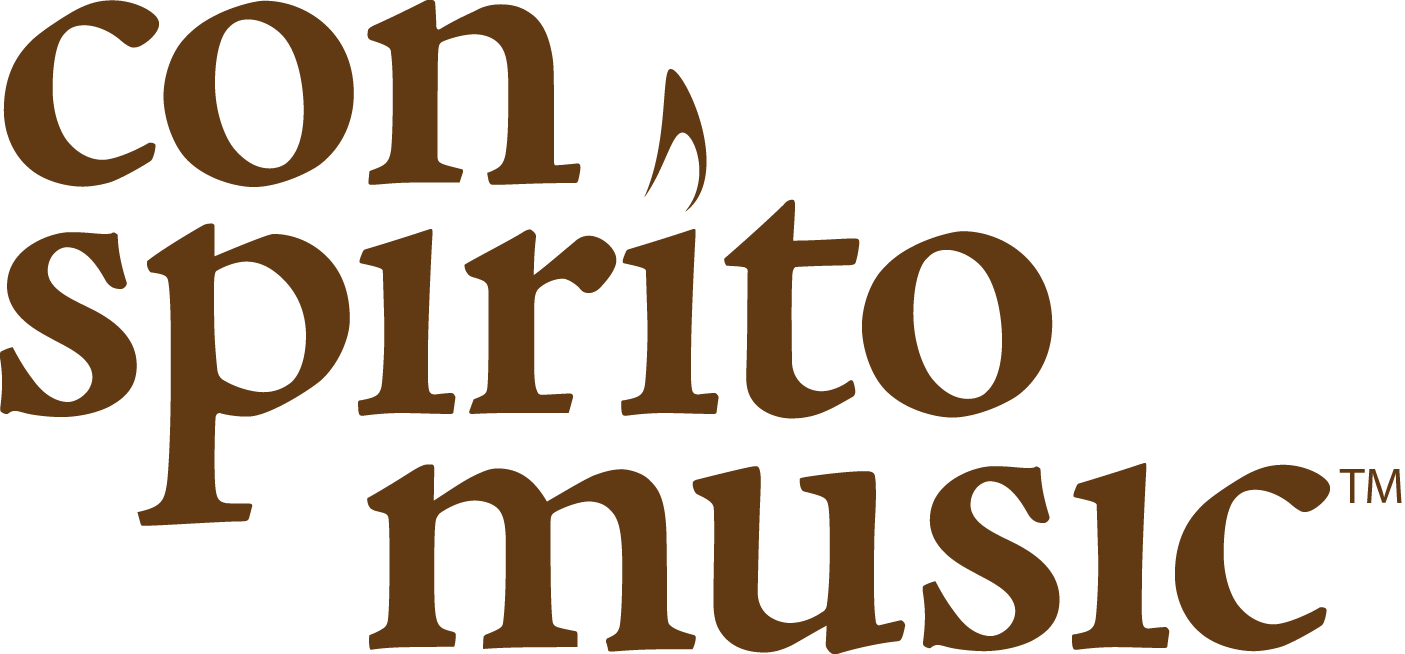Although “America” (better known by its first line, “My Country, ’Tis of Thee”) has been a beloved anthem in the US for nearly two centuries, its origin is not American at all, and it is not unique to America as a patriotic song.
Sometimes attributed to British writer/musician Henry Carey (c. 1685-1743), the tune likely dates to the 17th century or earlier and has also been attributed to the English composer John Bull, the French composer Jean-Baptiste Lully, and even a Swiss military melody. Published in England in Thesaurus Musicus (1744), it gained immediate and lasting popularity when, with the words “God Save the King,” it was performed in September 1745 at London’s Drury Lane and Covent Garden theaters in support of King George II. Eventually, the tune became the national anthem not only of Britain, but of several other nations, including Denmark, Prussia, and Liechtenstein.
After the American colonies became independent from England, a variety of new patriotic texts were written to be sung to the tune. In 1831, Samuel F. Smith, a student at Massachusetts’ Andover Theological Seminary, wrote the lyrics today known as “My Country, ’Tis of Thee.” Smith’s words and the traditional tune were one of several unofficial national anthems of the United States during the 19th and early 20th centuries.
This attractively harmonized setting of a long-lived traditional tune will be a favorite of both performers and listeners at patriotic observances.
Score, parts (Bb tpt. 1, Bb tpt. 2, F horn, tbn, tuba) — $12.99
